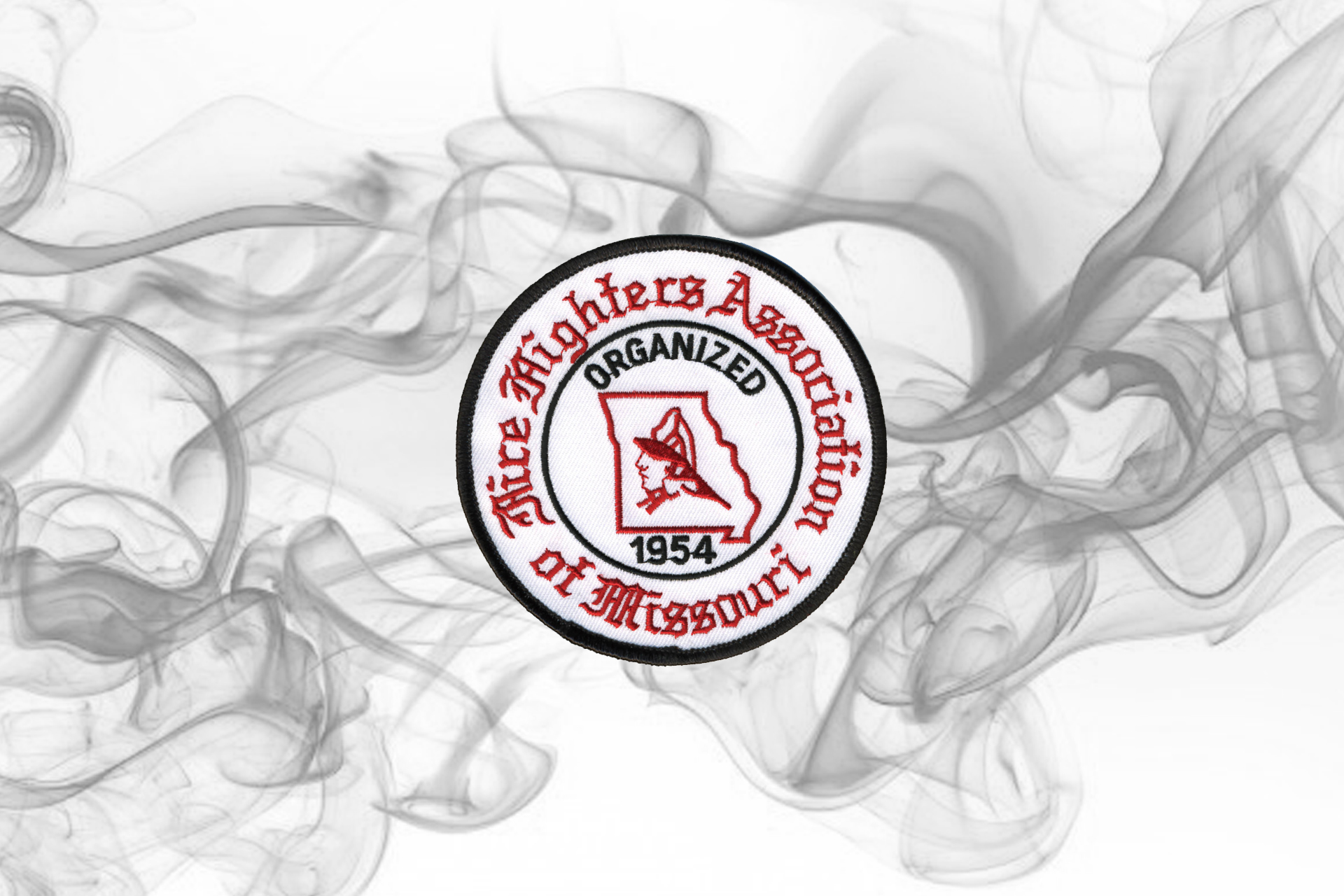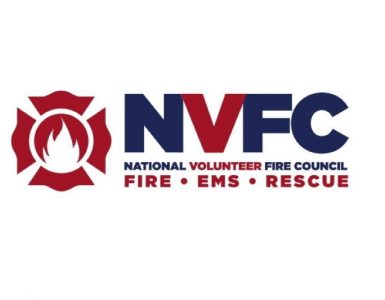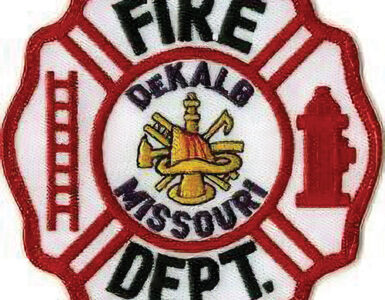Greetings! I hope each of you are having a tolerable summer and have had the opportunity to get away with family or friends for even a brief break from the normal day to day of our hectic lives as servants to the public.
This time let’s talk about hats and tee shirts. So immediately, the thought crossed your mind that the old guy has officially lost it because what could hats and tee shirts have to do with the fire service anyway? Stick with me on this one and just maybe I am not as far gone as some may think.
Have you ever given much consideration to why people join the fire service. Whether it be on a paid full time agency or a completely volunteer agency where personnel don’t even receive a stipend of some sort? Well think about it a minute, because there has to be a reason buried somewhere in the history and future of this profession. We have examined this issue from time to time on a local basis and I think we may have discovered why people keep agreeing to join a dangerous, often thankless, dirty, stressful, mind numbing, time consuming and physically demanding profession… it has to be the hats and tee shirts that have our stunning, yet not really unique, logo proudly displayed.
We partially came up with this theory when we noticed a few new members that joined, got the hat and tee shirt, and then somewhat rapidly didn’t reappear and eventually departed our agency. Our only explanation that made any sense was that they just wanted the hat and tee shirt, which of course they failed to return, so they could proudly wear it around town and garner that respect, remember we talked about respect last year, that is generally bestowed on fire personnel.
The second portion of our theory was based on those members who received the coveted hat and tee shirt and then actually showed up on a regular basis, but tended to not be an “active” member. Even though they were not very active, those members still proudly wore that hat and tee shirt and made sure everyone knew they were part of the agency.
So after forming a hypothesis and testing our theory in the finest tradition of the scientific method of investigation, 921 reference for those familiar, we realized although it sounded good it really did not appear that hats and tee shirts were the real reason people join this profession.
Most people enter the fire service out of a pure desire to help others, give back to the community, to be a part of a service organization and other similar reasons. Others enter the profession because it is a job with a paycheck. I am sure many of us have worked with those individuals that were there simply because they were getting paid or because they wanted that awesome hat and tee shirt. I am also sure that when working with some of those people you saw a lack of enthusiasm, passion or desire to do the best they could in a profession they were proud of.
Those that are there for the paycheck alone or maybe the hat and tee shirt add some value to our agencies, but they are often the ones that are on the forefront of doing things that really don’t shine a positive light on our profession overall, remember we talked about image once before. So what do we do to make the job more than a paycheck or a hat and tee shirt? The answer to that question can be a bit complex at times and quite honestly I am not sure anyone has completely resolved the issue.
We have all heard discussions about identifying and meeting the needs of the various generations that work in the profession and those we are hoping to attract and the complexity of that process. We have even gone to classes and done extra reading on how to achieve this goal, but have we succeeded in meeting those needs? What about the long term employee, paid or volunteer, that was the absolute text book example of what little children dream about in being a fire fighter, but then morphs into the employee that is just there to be there or wear the hat and tee shirt and has lost that passion once held? What are we doing to ignite that flame in those employees?
If as an agency you have not looked at these issues and started taking some action to find remedies, you may be working towards being an agency that struggles to achieve the service model expected by the citizens providing you with apparatus and equipment. If as an individual member of the fire service you are not looking at these issues and doing what you can on your own to address them, you may then be part of the problem.
I don’t have the magic answers and over the years my agency has lost members and currently operates with fewer members than we traditionally maintained. When we read about the falling membership numbers in the fire service across the nation we are assured it is not our fault, but simply a consequence of how busy and somewhat disconnected our society has become. I am fairly certain when many of us started in this profession we were juggling many different pieces of life; marriage, children, full time or secondary part-time jobs, school, home care and paying the ever present bills we receive. Through all of that we still found time to work in this profession so I don’t totally buy in to the theory that people are just too busy today.
I know many things have changed that don’t always make the fire service an appealing occupation. Training is one of those items often touted as a big obstacle due to the time required. No matter the change, we can each make a difference in how the changes are received. “Back in the day,” we surely had as much training as we do today or we likely wouldn’t have understood how to stay alive while putting out fires, performing rescues or tending to the sick and injured. Today we sometimes look at training a little different as it has become more “mandated” and less something being sought out to make you the best you could be. The same type and amount of training was taking place in the past, we just didn’t have to put an emphasis on it as it just appeared it was something everyone was willing to do.
I will equate this to my local experience when the Incident Command System (ICS) first reared its official head in our area. There was some reluctance in using the “new” concept as it was “change” and we all know the fire service sometimes resists change. After we got started we slowly realized that the ICS was really what we had been using since back before horses were pulling the fire apparatus, we just didn’t call it ICS. Think about it a little, someone was in charge at incidents, someone assisted with portions of the direction of the incident, and others performed the various tasks and then at some point the person in charge said everything was good and let everyone leave the scene. So as it turns out, just like the “new” ICS we were apparently already informally using we have all already been doing training, but with more emphasis placed on it today some have become reluctant to embrace the “new” expectations.
So what are we each doing to balance the “required” elements of the fire service, which robs us all of available time, against igniting the passion in those just here for the paycheck or the hat and tee shirt? Do you enter the fire station each time with a positive attitude and at least act like you are excited to be there? Do you take part in all activities, not just the “cool” things? Do you mentor new members or take the extra steps to engage the existing members? Do you look for innovative ways to make your agency a vital part of your community that people clamor to become a part of? If you answered even one of the above with a “no” or “not often” then you are not doing your best to make the fire service more than just a hat and tee shirt or even just a paycheck.
Take some time, look around, re-engage yourself and work towards improvement even if you think things are fine the way they are. The moment we think everything is fine is generally the time we are starting towards that decline in the enthusiasm, engagement, training, participation and eventually the loss of members. Do what you can to avoid becoming or allowing anyone else to just be here for the hat and tee shirt!
As always, if I can be of assistance please contact me.
Be Safe!

































